“Orchid flowers are unique, mysterious, beautiful and fragile – just like humans,” says orchid enthusiast Koma Dai with a knowing grin, as she takes a sip from a steaming cup of tea at Putao’s central market.
A remote frontier town in northern Myanmar’s Kachin State, Putao is cut off from the rest of the country – and essentially the rest of the world – by the rugged snow-capped peaks of the Hkakabo Razi mountain range, an outlier of the Himalayas.
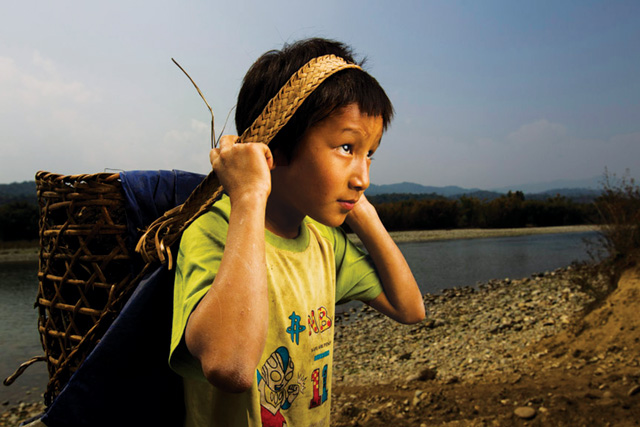
“I’m an orchid lover,” she confesses. “I come here a few times a week to search for new orchids for my garden. It’s hard to tell you why I like them so much, I just do.”
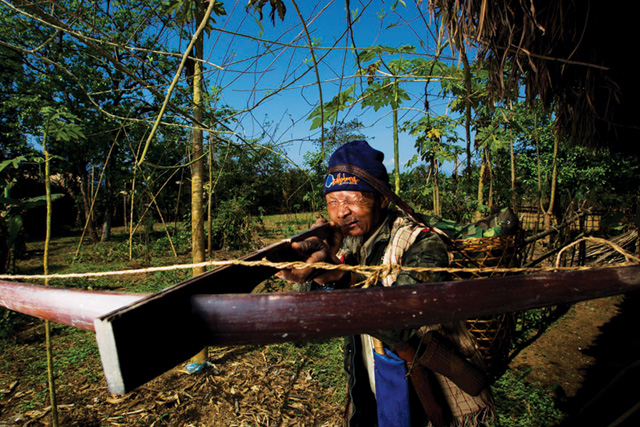
Spotting orchids in the wild in Kachin State is incredibly hard work that can involve expeditions into the mountains that last several weeks. “As a mother of three, I have too many household chores to be trekking around in the mountains to search for orchids,” she says.
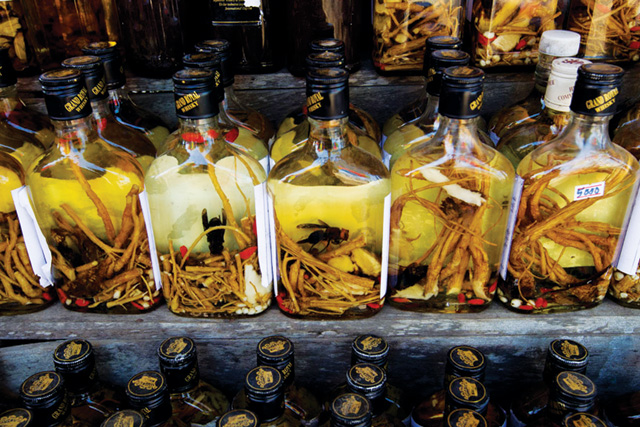
The draw of spotting the exquisite rare blooms in the wild attracts a trickle of domestic and foreign tourists to Putao. However, visiting poses both logistical and bureaucratic challenges involving obtaining a special restricted-area permit, travelling in a tour group and enduring three cramped and bumpy flights from Yangon.
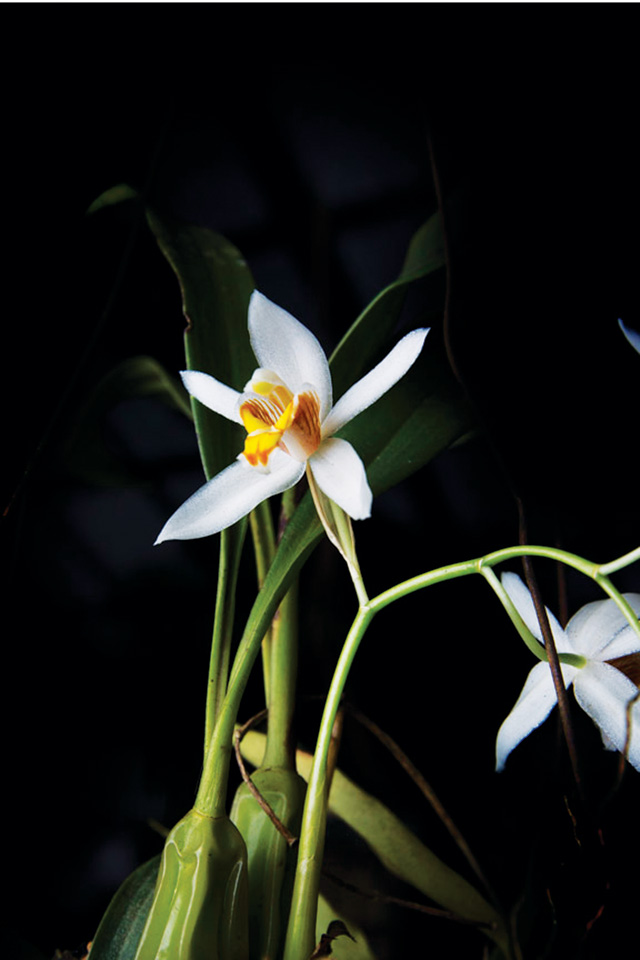
With more than 22,000 varieties, orchids are one of the oldest flowers on the planet. With names including dancing lady, butterfly, ghost and slipper orchids, the flowers tickle the imagination like no other. The so-called ‘orchid fever’ began in the 19th Century when British plant collector William Swainson sent a box of orchids back to England from Brazil. People immediately fell in love with the exotic colour and shape of the flowers. Orchid collecting soon gained popularity, creating a rash of orchid hunters to bridge the gap between supply and demand.
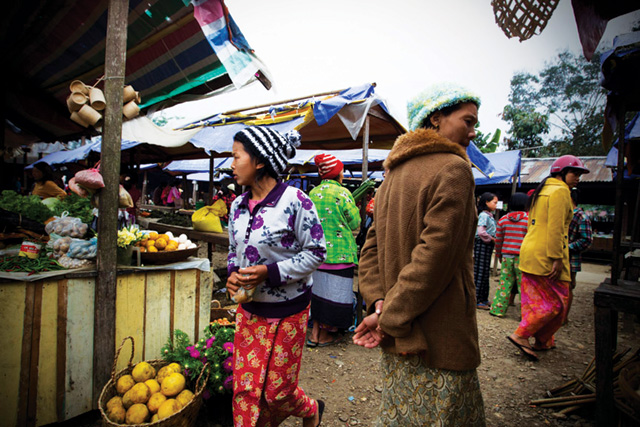
It was a lucrative gig – and one fraught with risks. On the trail of this elusive flower, orchid hunters have been eaten by tigers, burned alive,
beheaded and killed by a variety of tropical diseases.
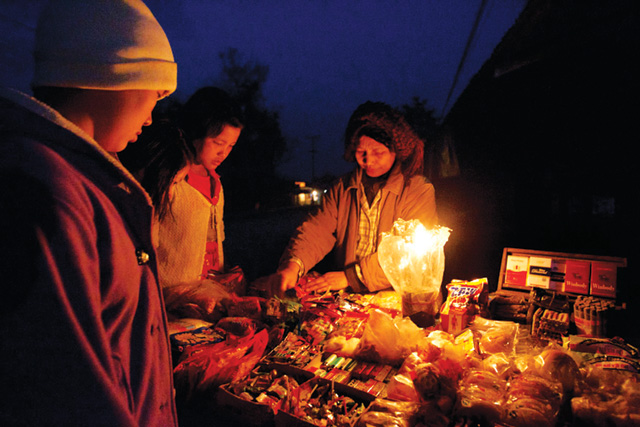
Another local orchid enthusiast is 37-year-old Myint Kyaw. He has been working with the forest department for 17 years, participating in more than 20 expeditions in the region. Preparing a trip is a serious business. “For every person essential to the research we need three people to accompany just for support, some expeditions include up to 40 people and can last months,” Kyaw says.
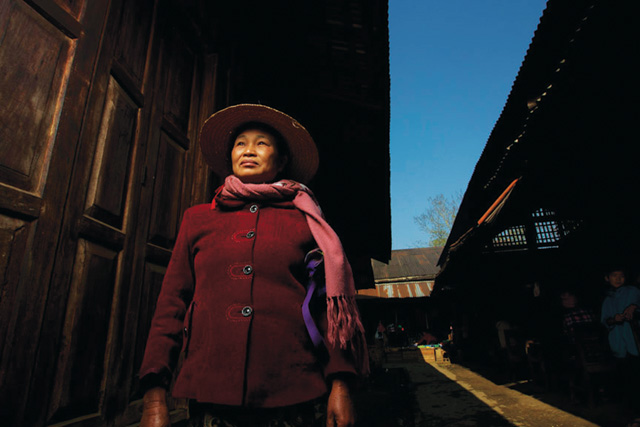
While out on research trips Kyaw has sprained his ankle twice, contracted malaria and had food supplies stolen by a group of bandit monkeys.
Having personally catalogued 170 species of orchids, Kyaw confesses that he has only spotted the famed black orchid once. This crowning achievement of his ‘orchid hunting’ career is now on display in the Hkakabo Razi National Park museum along with other orchids he has brought back from the wild.
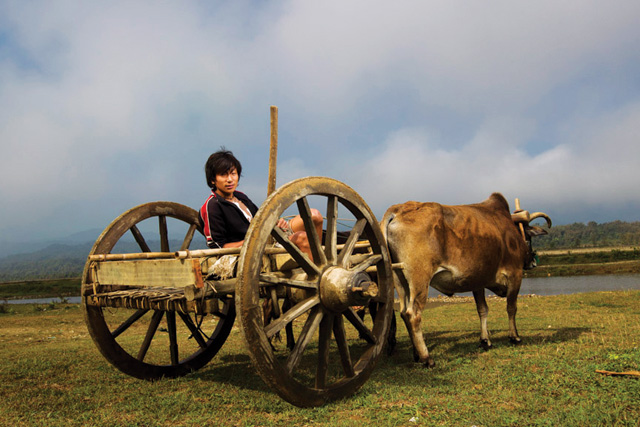
“Finding a black orchid is very special,” he explains. “They bloom between rocks and can be very hard to find. Orchids are already a rare flower to begin with. Finding a black orchid is like finding the rarest of the rare,” he says nodding toward his collection of black orchids in the nursery. “But it’s worth the risks.”
While some may collect orchids for aesthetics, or for science, one Putao resident, 81-year-old War Gyi Dee, has been using orchids for decades as an ingredient in preparations used in traditional medicine.
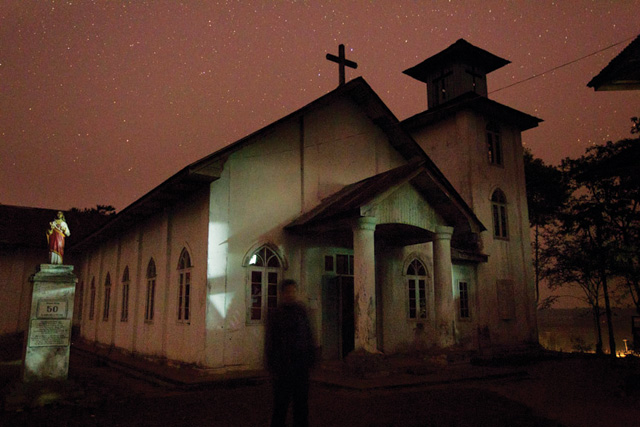
“Orchids have many uses in medicine,” War explains. “Curing stomach problems, improving skin complexion, combating malaria and improving vitality – these can all be possible if prepared properly.”
In fact, simply inhaling the flowers’ scent could achieve miraculous results, according to War: “It is a common belief here that breathing in the orchid’s perfume will give a long life.”


